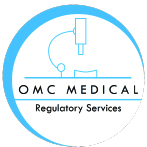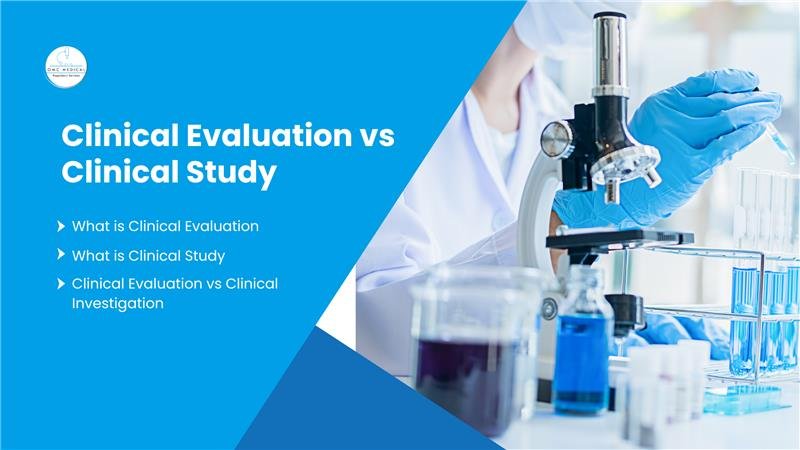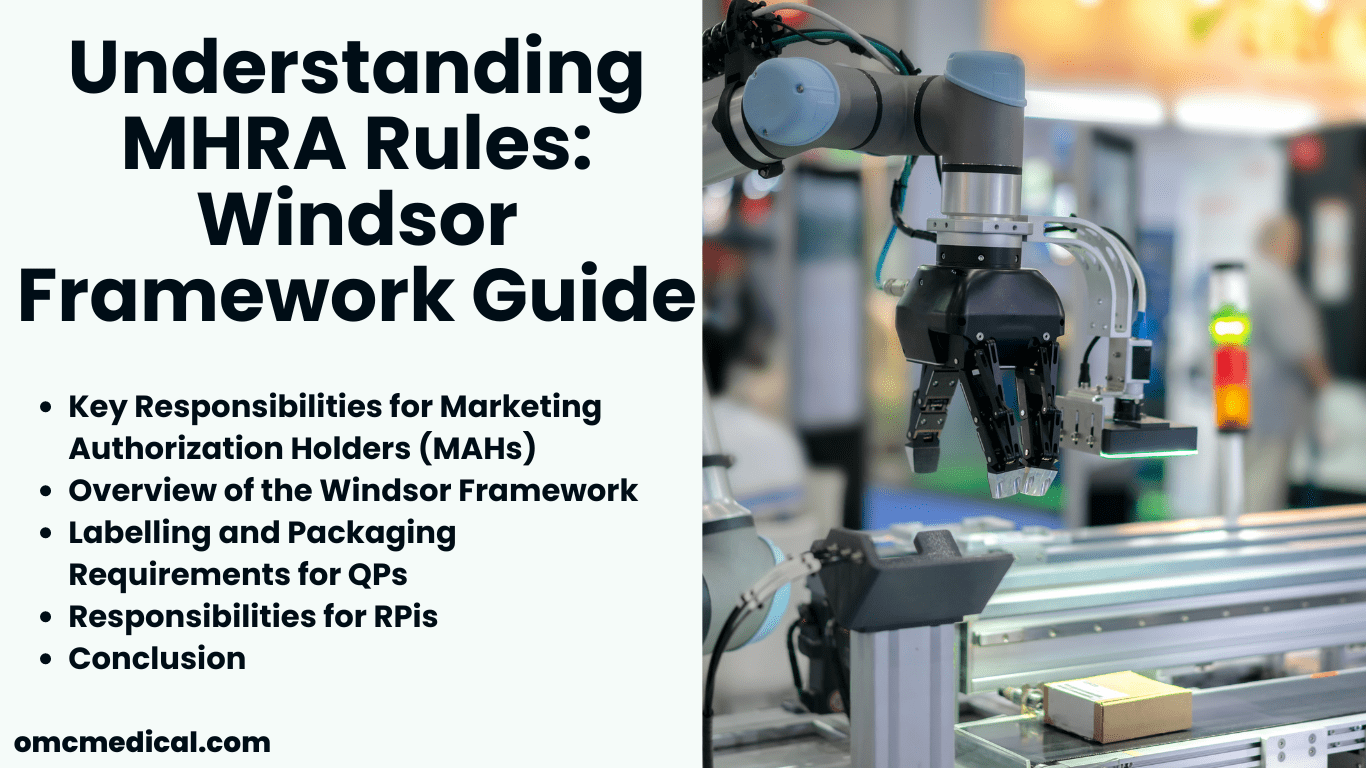EU MDR – Article 117 – The French Poly Implant Prostheses (PIP) breast implant controversy prompted medical rules to be revised and formed new Medical Devices and In-Vitro Devices Regulations to safeguard public health.
As per the European Medicines Agency (EMA) definition, a medicinal device is a substance or combination of substances intended to treat, prevent or diagnose a disease, or restore, correct or modify physiological functions by exerting a pharmacological immunological or metabolic action.
Medical devices, or device parts, are increasingly being produced for use with medicinal items, which might range from a basic prefilled syringe to more complex autoinjectors to medical devices incorporated as sensors in tablets.
Regulatory bodies have created specialised capabilities and requirements over the last decade due to the increased integration of medicines and devices seen in the latest generation of combination products.
To achieve fast and proper market access for new combination products, manufacturers must adequately understand the unique requirements in each country, and the development of combination products entails a specific pattern of engagement between manufacturers and regulatory bodies.
Based on their primary mode of action, products that combine a medicinal product (or substance) and a medical device are governed by Regulation (EU) 2017/745 or Directive 2001/83/EC.
How is a product categorised as a medicinal product or a medical device based on its mode of action?
As per the EU MDR 2017/745, the product is controlled as a:
- medical device when the action of the medicinal substance is auxiliary to the action of the medical device,
- medicinal product when the action of the medicinal substance is prominent and not supplementary to the action of the medical device.
For example, an insulin injector pen’s principal action is insulin administration. As a result, the injector pen will be classified as a medicinal product.
The necessity of a declaration of conformity and an EU certificate issued by a notified authority for the evaluation of compliance of the device part and the Drug-Device Combination marketing authorisation dossier is the most significant change brought about by Article 117 of EU MDR.
Suppose these conformity assessment documents are excluded from the dossier. In that case, the applicant will be asked to give an opinion from a notified body on the device part’s compliance with the relevant requirements of EU MDR Annex I.
A notified body is a conformity assessment service provider appointed by the National Competent Authority to assess the conformity of medical devices before being placed on the Union market.
When the device is integrated with a medicinal substance where the action of that substance is principal, or when the medical device administers a medicinal product forming a single integral product, such devices are considered an integral product (combination of medical device and medicinal product).
They shall be governed by Directive 2001/83/EC or Regulation (EC) No 726/2004 and the relevant general safety and performance requirements set out in Annex I of Regulation (EU) 2017/745.
The devices must meet the following criteria before they may be placed on the market:
- The device and the medicinal product should be combined into a single integral product
- The single integral product should not be reused
- The single integrated product is only meant to be used in combination
Marketing Authorisation Applications (MAA)
An application by the Marketing Authorisation Holder (MAH)/applicant to a European regulatory body seeking authorisation to commercialise a pharmaceutical inside the European Union is known as a Marketing Authorisation Application (MAA).
Once obtained, the centralised marketing authorisation is valid in all EU Member States and EEA-EFTA countries (Iceland, Norway, and Liechtenstein).
According to Annex I of Regulation (EU) 2017/745, the MAA shall provide the following for a combination device starting on 26 May 2021:
- Declaration of Conformity, and the CE certificate issued by a notified body for the device part having a CE mark
- An opinion from a notified body on the conformity of the device part, if it does not hold a CE mark, Declaration of Conformity, and the CE certificate irrespective of the class of the device
- Additional information of the benefit/risk assessment of the medicinal product when requested
- Where a CE mark has not been issued to the device component on its own, the manufacturer must reach out to a NB and obtain their opinion on the device conformity and provide the NBO report in the MAA
In case the documents mentioned above are issued following the Medical Device Directives 93/42/EEC or 90/385/EEC, then they are still valid and can be used to support the requirements throughout the transition period, which lasts until 26 May 2024.
According to the European Medicines Agency (EMA) or the National Competent Authority (NCA), these documents must be provided in the initial MAA for the medicinal product, and if not, they must be produced before an opinion on the medicinal product application may be granted.
Failure to submit the appropriate documentation may cause the evaluation period to be delayed.
If any changes to the design, intended purpose of the device part, or a new version are launched after the Marketing Authorization has been granted to the manufacturer, the necessary declaration of conformity, CE certificate, and notified body opinion should be submitted to the EMA/NCA.
If the revisions influence the device’s quality, safety, or efficacy, the applicant/Marketing Authorisation Holders (MAH) must file a variation application, consulting the Medicines Competent Authority that gave the marketing authorisation (if the change is unclear).
As part of regulatory compliance, the relevant member states require the Mutual Recognition Procedure (MRP)/Repeat Use Procedure (RUP) application after submitting the variation application.
The dossiers for this application include the General Safety and Performance Requirements (GSPR) of the MDR and Annex I of Directive 2001/83/EC, Section 3.2’s point 12 of Directive 2001/83/EC as amended by Article 117 of the MDR, and supporting documents like the declaration of conformity, certificate of conformity or notified body opinion.
The European Public Assessment Report (EPAR) contains information on the submission and evaluation of materials, procedures, findings, and conclusions of the marketing authorisation application (MAA) to the EMA/NCA.
Co-Packaged Medical Devices (EU MDR – Article 117)
If a medical device is provided as part of the secondary packaging of a marketed medicinal product (co-packaged) and does not form an integral part of the medicinal product, the Marketing Authorisation Holder/applicant must ensure that their co-packaged medical device is CE marked, meets the MDR’s general safety and performance requirements, and is entirely compliant with the MDR before it can be placed on the market. Spoons, measuring cups, inhalers, and spacers are co-packaged medical devices. MDR 2017/745 must be followed by self-CE marked Class I devices.
Article 117 of the Regulation requires Notified Body involvement for European market authorisation of a medicinal product that incorporates an integral medical device or drug-device combination product. The EMA has released an FAQ to help the combination products’ manufacturers understand Article 117 requirements better. Manufacturers must keep in mind that the summary report of NBO will be issued by the notified body only after they verify if all the GSPR requirements are met adequately. Based on their opinion report, the medicines agency decides on the products’ MAA.
FAQs
Is the NBO report mandatory to be submitted to the MAA?
There are 2 ways to do this:
1. If the device is CE marked already, the manufacturer must submit a DoC and a copy of the CE certificate for the device.
2. If the device is not CE marked, obtain the NBO report (assessment of GSPR) and submit it to the authority along with your MAA application
What is a Single Integrated Drug-Device product?
If a medical device used to administer a medicinal product is placed on the market in such a way that the device and medicinal product form a single integral product which is intended exclusively for use in the given combination and which is not reusable, that single integral product shall be governed by Directive 2001/83/EC or Regulation (EC) No 726/2004, as applicable.
What are a few examples of Drug-Device Combination products?
Pre-filled syringes, inhalers, pre-filled pens, an antibody combined with a therapeutic drug, transdermal patches, and insulin pump.
Co-packaging examples are a Drug or vaccine vial packed with a syringe and a dose-dispenser medication.
Disclaimer: Regulations/legislations are subjected to changes from time to time and the author claims no responsibility for the accuracy of information.







